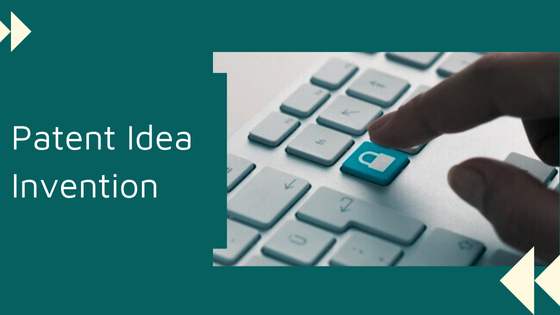In the labyrinth of innovation, where new ideas are born every day, the question of whether an invention is eligible for a patent is paramount for inventors seeking to protect and capitalize on their intellectual property. Patentability determines if an invention idea can be legally protected through a patent, granting the inventor exclusive rights to use, make, sell, and distribute their invention for a period of time. Understanding the criteria for patentability is crucial, and this is where InventHelp, a leading inventor services company, can provide invaluable guidance and support.
Understanding Patent Eligibility
At the heart of patent eligibility are three fundamental criteria that an invention idea must meet: novelty, non-obviousness, and utility.
1. Novelty:
An invention is considered novel if it has not been previously known. It must be a new invention that has not been publicly disclosed in any form before the patent application. This includes any publications, patents, or public demonstrations worldwide. The idea behind this criterion is to encourage the addition of genuinely new concepts to the public pool of knowledge.
2. Non-Obviousness:
This criterion ensures that the invention is not an obvious improvement of an existing product or process from the perspective of someone with ordinary skill in the area of the invention. The non-obviousness requirement adds a layer of complexity, requiring the invention to be sufficiently inventive, not just a simple step that would be apparent to others in the field.
3. Utility:
An invention must have practical utility, it must be useful. This means the invention should have a clear function or application, contributing positively in its field. The utility must be specific, substantial, and credible, demonstrating that the invention can perform its intended purpose.
How InventHelp Can Assist You – Navigating the intricate landscape of patents can be daunting for inventors. This is where InventHelp steps in, offering a bridge between raw ideas and their fruition as patented, market-ready inventions. InventHelp can assist inventors in understanding the nuances of patent eligibility and the entire patent application process.

Patent Screening:
InventHelp can begin by providing a patentability opinion through a preliminary patent search, which outlines existing patents and publications related to the inventor’s idea. This initial step is crucial for examining the novelty and non-obviousness of the invention.
Professional Guidance:
With its rich history of assisting inventors, InventHelp connects inventors with patent attorneys or agents who specialize in intellectual property law. These professionals can guide inventors through the complex process of preparing and filing a patent application, ensuring all criteria are thoroughly addressed.
Design and Prototyping Support:
An idea must be sufficiently detailed to be patented, and a prototype can often help in illustrating the concept and its utility. InventHelp offers design and prototyping services to bring ideas to life, making it easier to demonstrate how an invention works and its application, which is essential for the utility criterion.
Conclusion
Identifying whether an invention idea is eligible for a patent is the first crucial step towards transforming an innovation into a protected, profitable asset. With the support of InventHelp, inventors can navigate the patent application process more smoothly, ensuring their ideas meet the stringent requirements of novelty, non-obviousness, and utility. By leveraging professional guidance and resources, inventors are better positioned to secure patents that safeguard their inventions, paving the way for future success.





